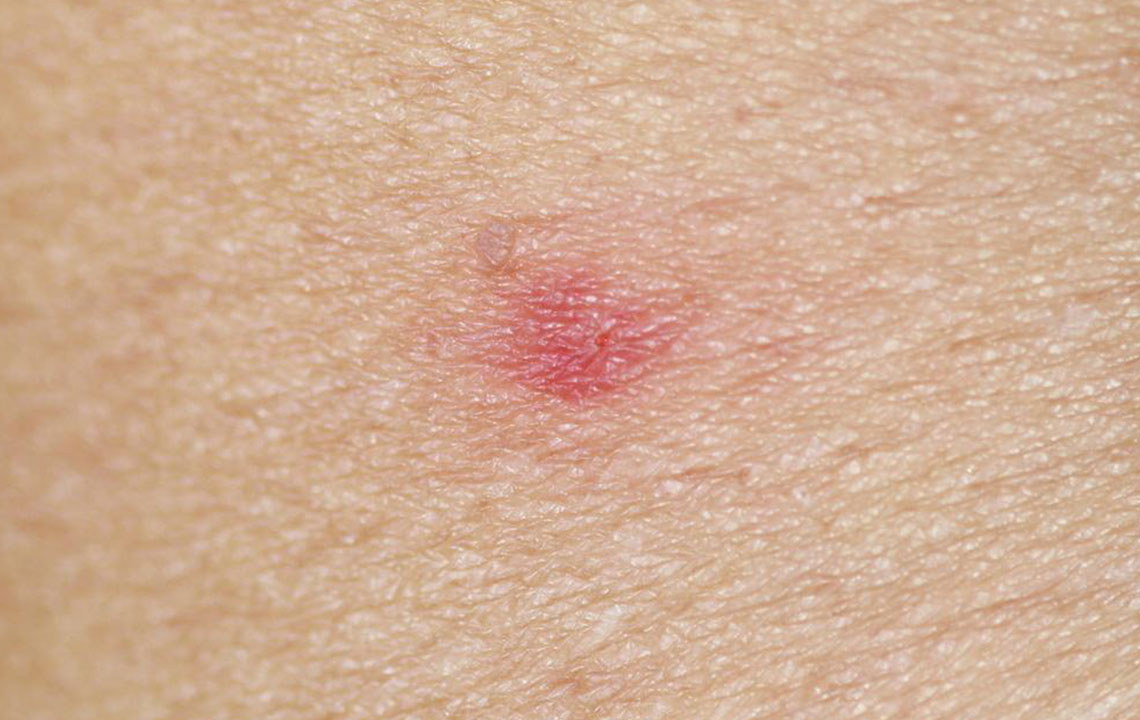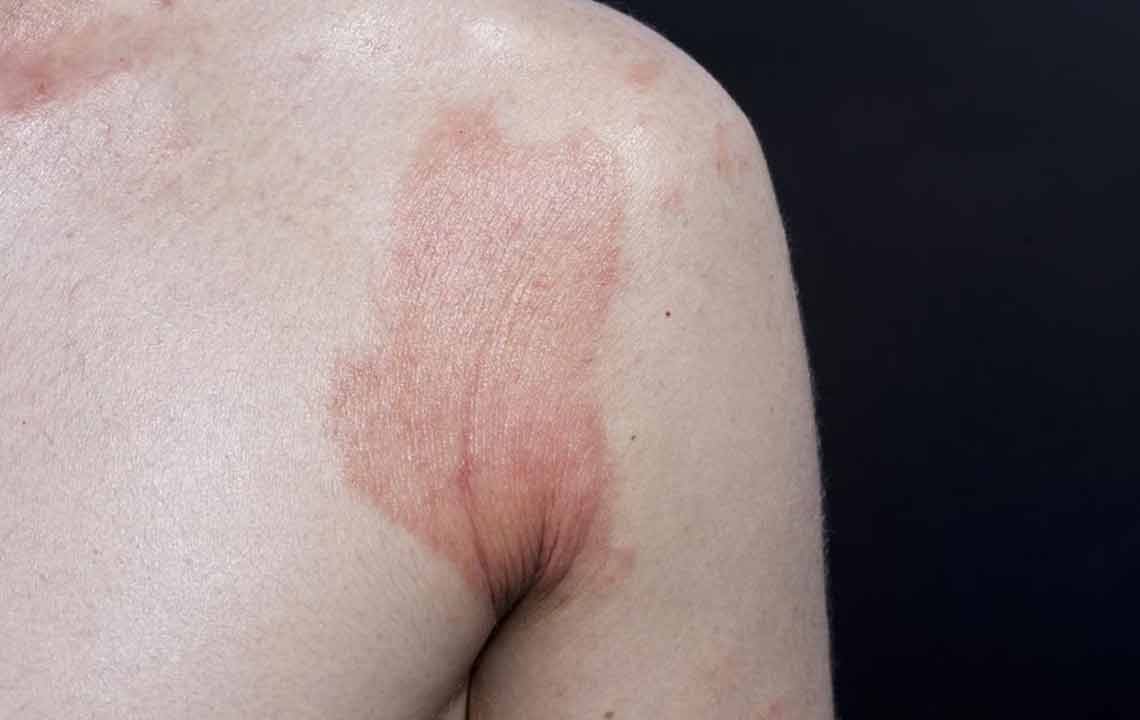How to identify insect bites
It can be quite harrowing when you are unable to identify the insect that just bit you. It is especially stressful when the symptoms of the insect bite start showing, and you experience discomfort. There are numerous insects in the world, and each one bites and stings in different ways. Identifying insect bites can help you figure out the best way to treat them and prevent further infections caused by the insect bite.

Identifying insect bites
Different insects dwell at different places. Being outdoors puts you at a risk of being bitten by mosquitos, ticks, or spiders. Areas with rotting food or garbage have a lot of flies; even bees or wasps hover around these places. Identifying insect bites requires proper scrutiny of the affected area.
Bites that are small and itchy
The most common visible symptom of insect bites can be as follows:
- A single bite mark is likely from a mosquito or a fly. A tiny bite mark in the center of the mound of a mosquito bite is often visible.
- Flea bites result in small, itchy mounds grouped in a small area of the skin.
- Bedbug bites are itchy red bumps, maybe with blisters, grouped in rows of two or three.
Look for swelling
Some types of bites or stings involve swelling of the skin around the bite area.
- Fire ant bites cause extreme swelling and tend to be filled with pus. They may result in blisters.
- Scorpion stings can also cause swelling. Redness of the skin, pain, and numbness in the area are also common symptoms of the bite.
Bee and wasp stings
Stings from bees and wasps result in an immediate sharp or burning pain and swelling. They leave a red welt, with a small white spot accompanied by swelling in the area. Bees leave their stinger behind after they sting.
Spider bites
Spider bites are in the form of one or two small, two-fanged puncture wounds or a bite that turns blue or purple and begins to turn into a deep, open sore. In case of these bites rush to a doctor. Symptoms include muscle cramps, nausea, vomiting and even seizures. This type of insect bite may become infected and swollen with pus.
We hope this segregation of symptoms and conditions will help you in identifying insect bites.




